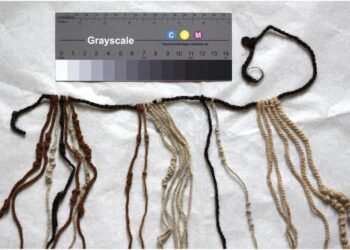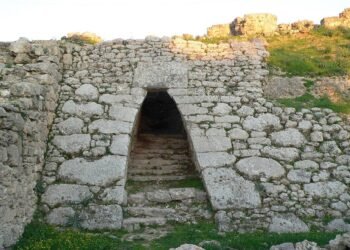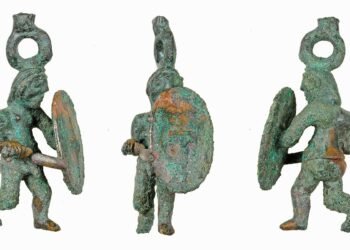Archaeologists from the Changzhi Archaeological Research Institute have uncovered elaborately decorated Jin Dynasty tombs in Changzhi city, Shanxi province.

This discovery, initially made in November 2023, has now been detailed in a publication by the Shanxi Institute of Cultural Relics and Archaeology.
The tombs, labeled M19, M20, and M21, showcase distinct characteristics and architectural styles, despite belonging to the same period and region. Although subjected to varying degrees of looting and damage, these tombs have remarkably preserved murals, decorations, inscriptions, and epitaphs.
Tomb M19 and Tomb M20 feature brick-carved arches, doors, windows, figures, and floral patterns, adorned with inscriptions detailing historical events and information related to the tombs. These inscriptions provide valuable information about the cultural and social contexts of the Jin Dynasty era (1115-1234 CE).
Tomb M21, on the other hand, stands out with its unique chamber walls imitating a wooden structure and distinctively painted flora and fauna, hinting at further interpretations of its significance.
According to experts, these tombs offer insights into the traditional aspects of Chinese culture, societal values, architectural styles of the time, tomb construction methods, and burial traditions. This discovery presents new materials for exploring ancient burial practices.
Furthermore, the discovery of rare epitaphs and inscriptions within these tombs adds significant historical value, enriching the understanding of Jin Dynasty tombs in northern China. Tomb M19, dedicated to the ancestors of Qiangcheng Village, features inscriptions detailing historical and geographical information, while Tomb M20’s inscriptions narrate the story of He Jin’s filial piety, exemplifying the cherished values of the time.
The meticulous craftsmanship and intricate details found within these tombs speak volumes about the artistic achievements and cultural sophistication of the Jin Dynasty.























